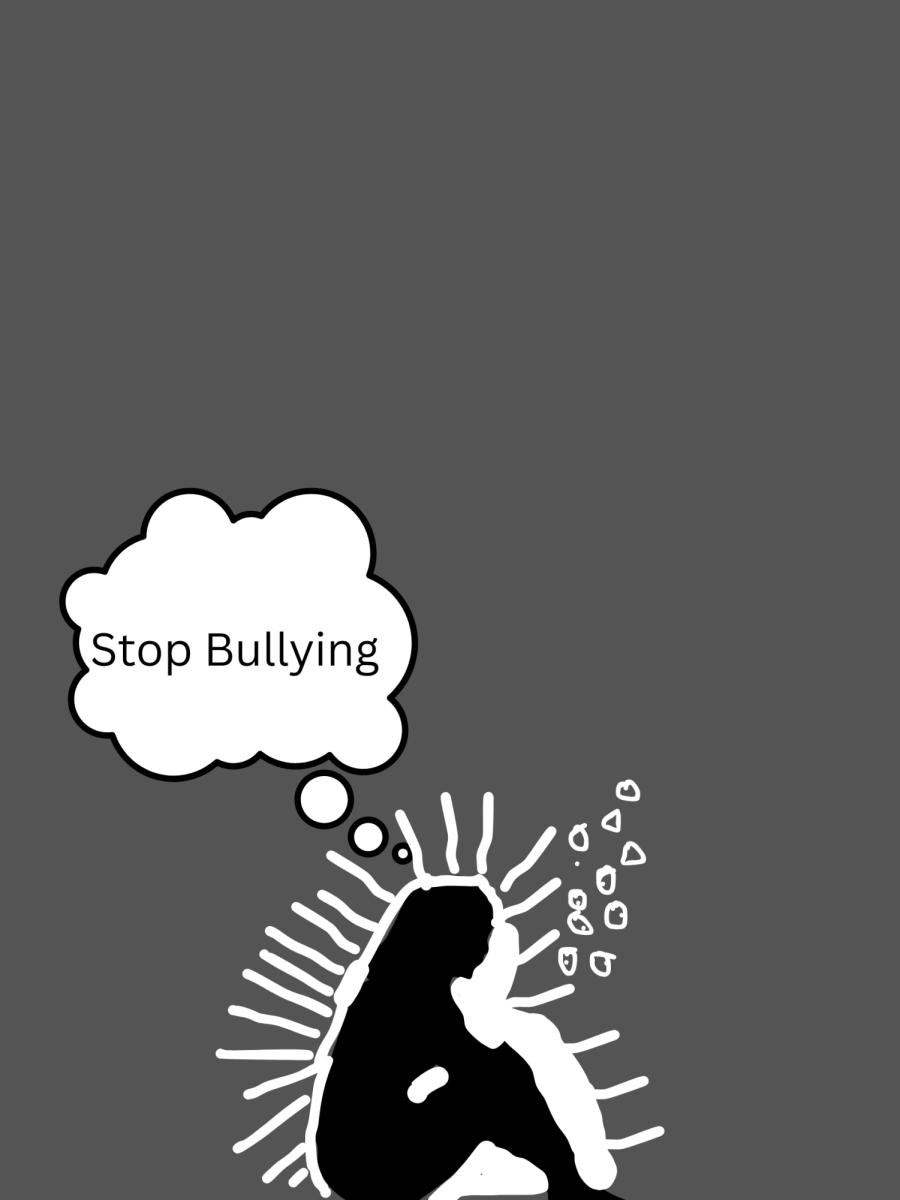Female Role in the Alt-Right
November 20, 2017
White women have been part of hate movements since the 1920s, when the Ku Klux Klan began an all-female branch that at one point had half a million members, according to timeline.com. Since then, the presence of women in hate groups and in highly conservative groups has continued, though their presence is not always as obvious as those of the men they are surrounded by.
Currently, highly conservative women have found a place in the alt-right movement, “a racist, far-right movement based on an ideology of white nationalism and anti-Semitism,” according to the New York Times. Tara McCarthy, an alt-right blogger and YouTuber, estimates that women make up about 20% of the alt-right.
The most recent example of women’s place in this movement occurred in Charlottesville, Virginia, on August 12, 2017, when the public was shocked by pictures of female protesters alongside male members of the alt-right and neo-Nazis, who were protesting the removal of Confederate statues from the city’s parks.
McCarthy claimed that the media has a hand in a lack of coverage of the women in the alt-right, “The media tries to minimize all aspects of the alt-right that make it look remotely reasonable.” She does acknowledge that there are fewer women involved in the movement than men, however. “What motivates the Alt[-]Right is the love of our people [white people of European descent] and the desire to protect them from being disenfranchised politically. Men are naturally more likely to notice trends like this and to feel it is their duty to take action to protect their people. So we put this down to biological male/female roles.”
A defining characteristic of the women in the alt-right is their disdain for feminism and their enthusiasm for traditional gender roles.
Ayla Stewart, the woman behind the highly conservative Wife With a Purpose blog, gave this explanation about why she didn’t go to Charlottesville: “I began to feel out of place speaking at such a large event as a woman. Certainly a woman’s perspective is important and I planned to speak on the importance of families, but this event was quickly becoming something more, something bigger, something for the leaders of the movement, not for a mom of [six] children.”
She went on to say that in the future, when planning participation in events like Charlottesville, that she would choose roles more suited for women.
While some women may seek greater political power within the alt-right movement, this may be seen by the men they work with as a threat to the white male power they’re striving for, with a Vox article noting that “[it] is a double bind that has faced women of the far right for generations: [to] defend white supremacy, they must appeal to the values of tradition and hierarchy that structure racist politics. Yet gender hierarchy is also a potent part of that political tradition.”
Another common trait among these women is the fact that they were not always conservative. In the biography portion of her blog, McCarthy stated that “I was heavily, and I mean heavily, indoctrinated by leftist rhetoric from a young age. Luckily, I somehow managed to reason my way out of that nihilistic hell hole.”
When Kathleen Blee, a professor who researched and wrote a book on women in hate movements, spoke with women in these movements, her findings were much the same as she told The New York Times. “…The women did not usually come from poor or racist families. They were not necessarily abused or crazy. In fact, before joining, they were not even particularly racist.”
As the alt-right movement grows more bold, the roles of women within it will also grow. Ayla’s plans for the future include learning nursing and healing skills for the “war” ahead, and McCarthy shows no signs of stopping her social media presence.




